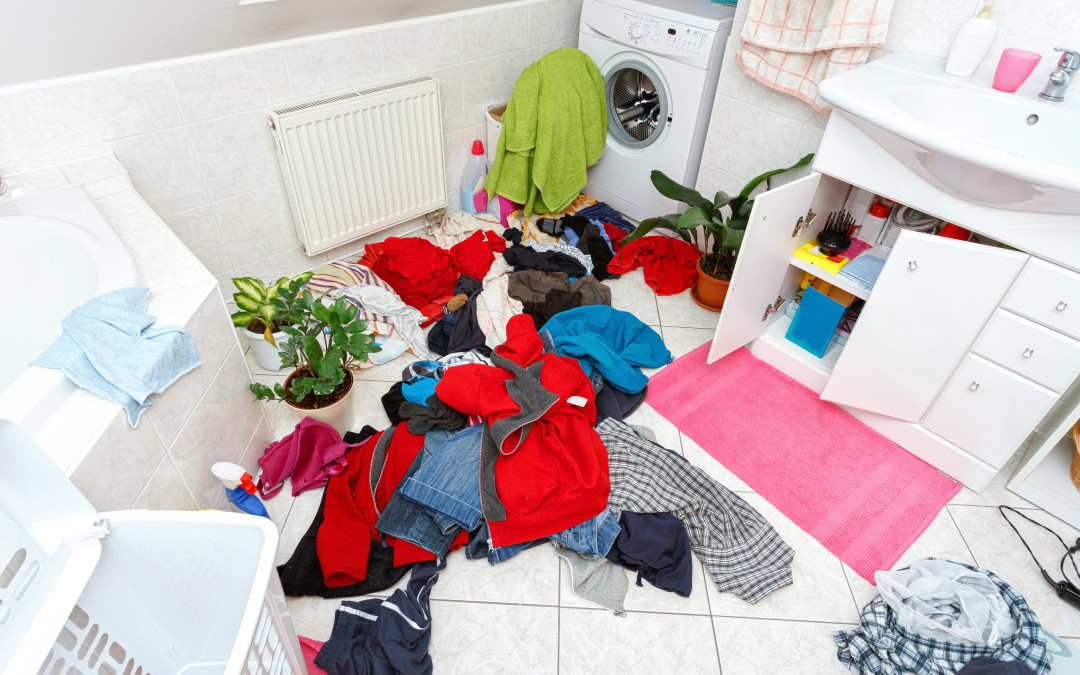“Oh My Gosh, I love that baking tray” she says hugging the sheet of metal to her chest. She blows the thick layer of dust from its surface. “It reminds me of when my Grandma used to bake for us, I have to keep it, I can’t possibly let it go.” She whispers through her tears.
This is a conversation we have most weeks (just interchange the baking tray with any number of objects!). You may even identify with this situation yourself. This is where a smooth sailing de-clutter hits an emotional cross-wind!
Reactions to objects are real; there are real tears and powerful emotions. These objects are powerful reminders of past activities, places and people.
I’ve yet to meet someone (myself included) who hasn’t kept a coaster from bar in Santorini, old school uniform (complete with everyone’s signatures from break up day), or perhaps a hand tool owned by your grandfather. It is perfectly healthy to keep mementos from you past; it creates part of your “story”.
It is when absolutely everything is kept when we strike some problems. When excessive collection/hoarding/gathering of items occurs, we are dealing with the Emotional Clutter. Emotional clutter is things with sentimental meaning but little financial value.
We need to be mindful of:
- the realities of where are the items going to be stored;
- the reality of why you kept the items in the first place;
- the reality of what “value” the items are going to add to your life today;
- the reality of how you want to live today (not yesterday, last year or last decade).
Working through the realities list can perhaps help start the elimination process, for example do you need 5 coasters from that bar in Santorini or just the one, do you need to keep every school book you had, or just the uniform, do you need to keep grandfathers broken ladder as well as the drill?
The ultimate goal when dealing with Emotional Clutter is to not “throw the baby out with the bath water”. The goal is to ensure that those items that create strong emotional responses are respected.
Because the baking tray simply must stay, then it needs to be treated with respect and moved to a place of honour, for example hung on the kitchen wall so that happy memory can be part of every day life.
Other items which cause equally as strong emotions may need to be let go, for example all of little painting/craft/drawings brought home by the children. Throwing these away can just about break a mum! But what do you do when Johnny (now 15 years old) and couldn’t care less about all these things you have carefully collected for him (or you)?
Some solutions to reducing the clutter whilst retaining the items is to photograph them all and save them to CD; if they are for you, keep them for as long as you like or make them into a screen saver on your computer. If they are kept “because the kids might like to see them one day”, wait until they are older, leaving home or even parents themselves to see if they want them.
There are a variety of ways that you can deal with Emotional Clutter, it is a matter of recognising it, keeping a check on your realities and ensuring that you treat the items with respect.

